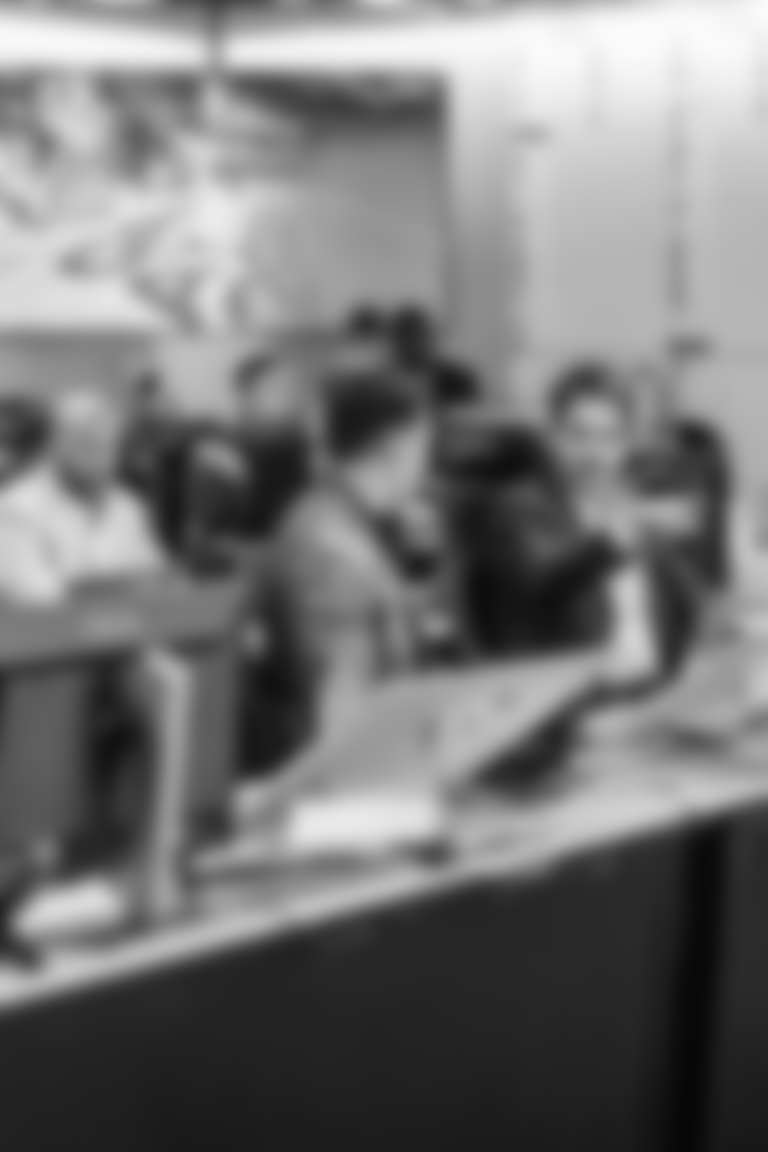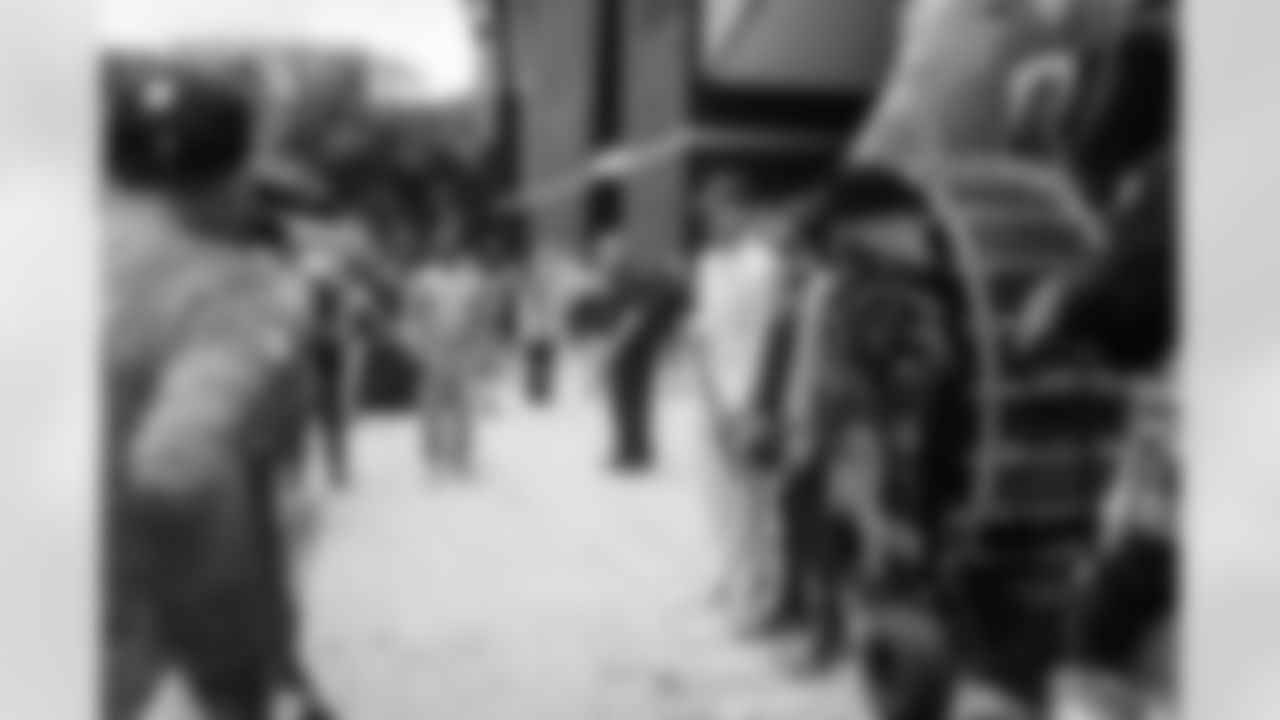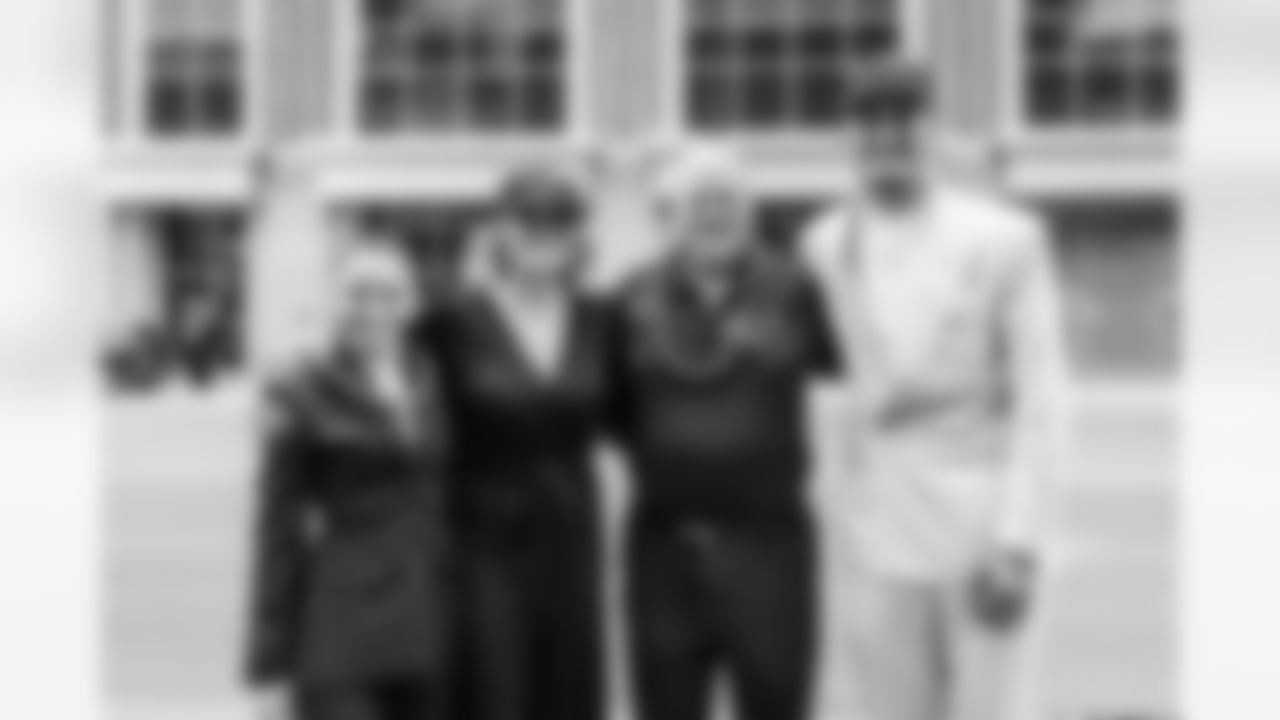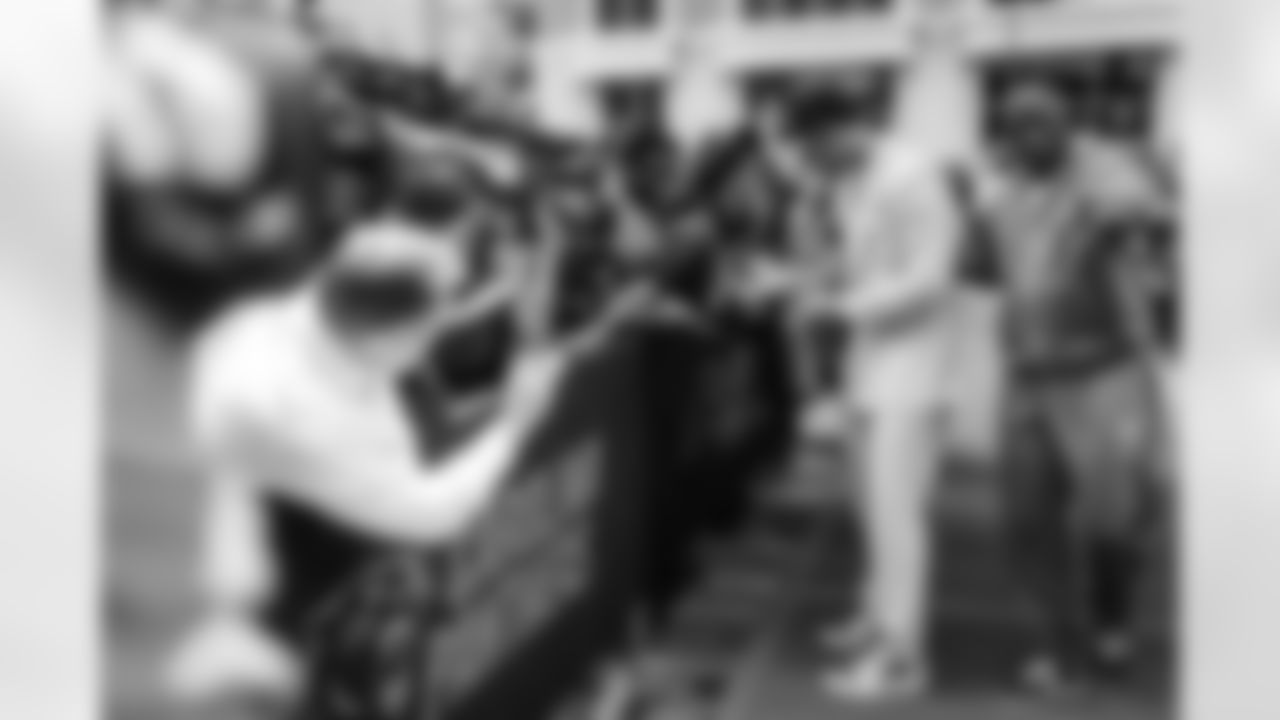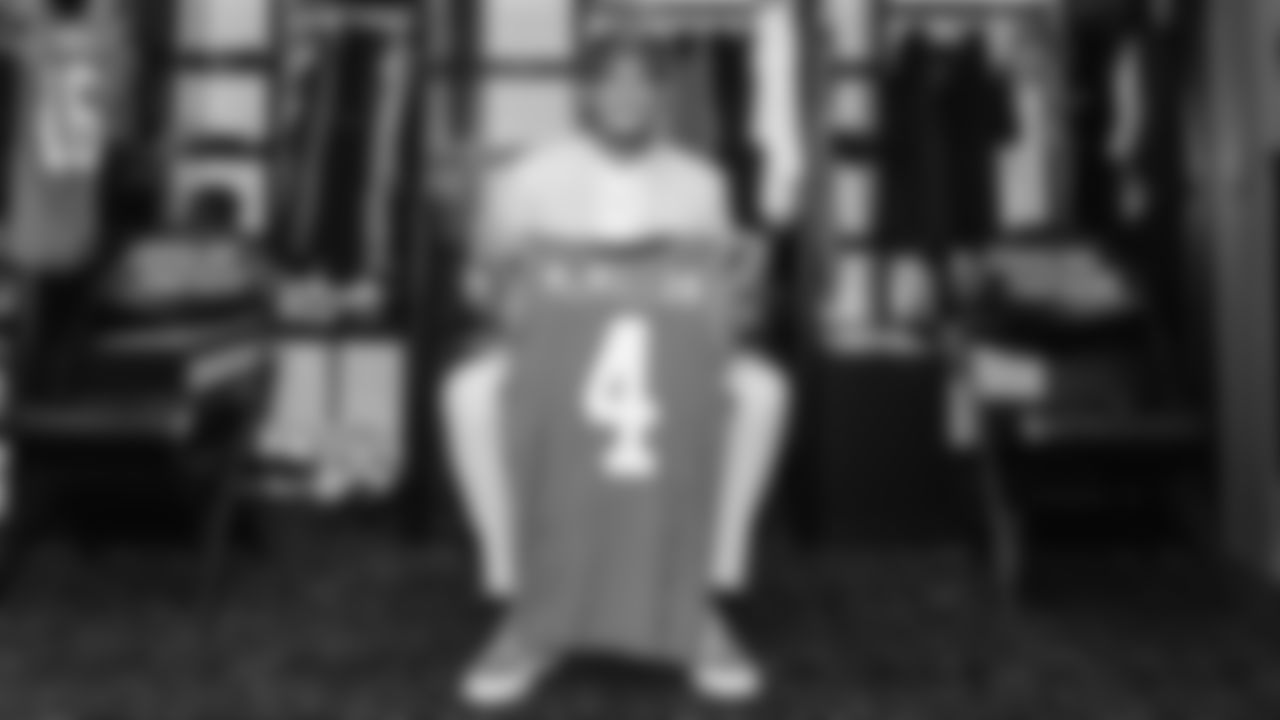CHARLOTTE — On the first day of the 2025 draft inside the Panthers draft room in Bank of America Stadium, there might not have been two words said more often than "our guy."
As in, "Let's just take our guy."
Or, "They want our guy."
Or eventually, "We got our guy."
That kind of language is not out of the ordinary in the NFL because, let's be honest, every team gets their guy, even if he's only the guy that was available at that moment. That's the thing you say after picking someone and committing to them for the next four or five years. It would be embarrassing to admit otherwise.
But the interesting part about the Panthers draft was that their guy wasn't the guy the world thought their guy was, even if he was the guy inside the building for weeks, if not months. That doesn't mean that general manager Dan Morgan didn't work through a very elaborate procedure to make sure he was their guy or that executive vice president of football operations Brandt Tilis didn't challenge the assumption that their guy was the right decision right up until the call was made.
Deciding that wide receiver Tetairoa McMillan was their guy with the No. 8 overall pick was less important than the way they arrived at that conclusion. They had to make sure the process was sound because that's the important part of this thing.
But eventually, their guy arrived somewhat casually, even if it was a surprise to many outside that windowless room on the second floor.
"They thought they knew,' Morgan said of the widely held belief that they were going defense with that first pick.
But their process led them to McMillan in the first round, and then a series of deals and non-deals resulted in an eight-man class that filled a lot of needs for the present and the future. And that process has been in the works for either 16 months or 20 years, depending on how you look at it.





